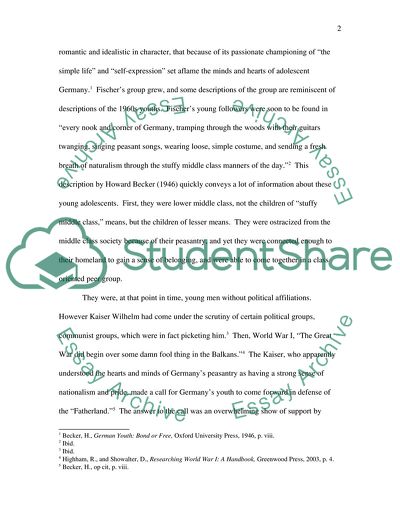Cite this document
(Nazi Youth Movement Coursework Example | Topics and Well Written Essays - 2750 words, n.d.)
Nazi Youth Movement Coursework Example | Topics and Well Written Essays - 2750 words. https://studentshare.org/history/1708088-nazi-youth-movement
Nazi Youth Movement Coursework Example | Topics and Well Written Essays - 2750 words. https://studentshare.org/history/1708088-nazi-youth-movement
(Nazi Youth Movement Coursework Example | Topics and Well Written Essays - 2750 Words)
Nazi Youth Movement Coursework Example | Topics and Well Written Essays - 2750 Words. https://studentshare.org/history/1708088-nazi-youth-movement.
Nazi Youth Movement Coursework Example | Topics and Well Written Essays - 2750 Words. https://studentshare.org/history/1708088-nazi-youth-movement.
“Nazi Youth Movement Coursework Example | Topics and Well Written Essays - 2750 Words”. https://studentshare.org/history/1708088-nazi-youth-movement.


